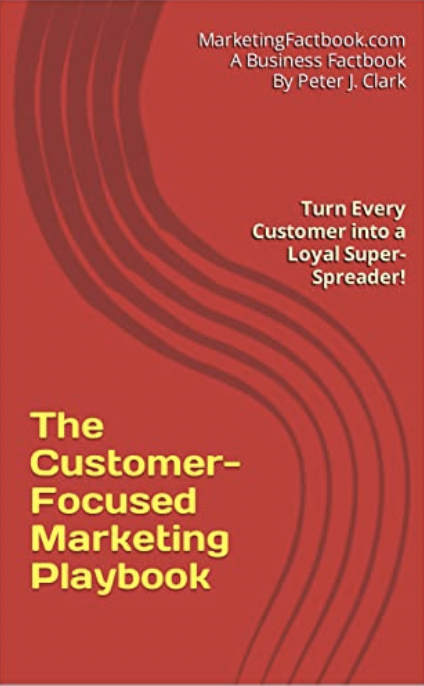Five strategies to enhance retail customer experiences
No consumer experience happens as often, grabs share of wallet, and stimulates the senses more than grocery shopping, according to a research report from PwC in the US, which found that in the face of commoditisation the grocery sector has turned to the customer experience to help grow top lines and maintain margins.
The report, entitled 'Experience Radar 2013: Lessons from the US Grocery Industry', is one of a series of customer-centric reports and measured the experiences of some 6,000 consumers across multiple industries.
The report that engaging today's shopper - who is armed with mobile apps and virtual offers - depends on offering exactly the right blend of self-service and helpful staff.
"Today's shopper has specific expectations and retailers must be ready to cater to the widest range of consumer preference and demands," explained Susan McPartlin, PwC's US retail & consumer sector leader. "Grocers must balance the threats of fierce competition, commodity price fluctuations, and margin pressures while also meeting changing customer expectations and determining how to deliver an omni-channel experience. Grocers should not only accept but relish their role as the testing ground for best-in-class customer experiences."
According to Paul D'Alessandro, PwC's U.S. customer impact leader, most of the factors that are essential to the creation of a great customer experience (i.e. convenience, presentation and quality) are all to be found in the grocery sector which is, as he describes it, "The pinnacle of where products, services and environments intertwine". In short, he suggests, the grocery sector is the learning place where all industries can find out how to use meaningful experiences to create a path to loyalty and price premiums.
The report goes on to define five key behaviours that companies can adopt to both enhance the customer experience and to create value:
- Make it Fast
Fast lines matter the most in convenience and fast checkouts account for 30% of memorable great experiences. Be transparent with 'waiting' by empowering customers with information on checkout times and wait times. Boost digital convenience and savvy with mobile checkouts and coupons that let shoppers check out on their own via smartphone apps and staff handheld devices. - Emotionalise shopping
Create relationships with customers by evoking positive emotions based on what they care about. With 10% of premium customers willing to pay for a storewide discount loyalty programme, personalise shopper experience by investing in robust loyalty programmes to reward customers with personalised deals. Customers embrace brands that reinforce their lifestyles. For example, expand organic offerings to lure the fast-growing number of consumers who care about their organic lifestyle and are often willing to pay a premium for organic produce. With growing awareness of global warming and recycling, invest in sustainable solutions to bring shoppers in the door. - Balance high-tech with high-touch
As the most important factor in determining preference, staff quality impacts where customers shop one-third of the time. As most customers still shop for groceries in person, invest in employees to deliver engaging experiences, motivating shoppers to return and employees to stay. While high-tech self-checkouts are essential, some customers feel more at ease with conventional methods and will pay a premium for attendant checkout to avoid technology difficulties. - Avoid spoil
Shoppers are easily frustrated and two in five customers never return after a bad experience. Customers often do not provide feedback to their grocers, but they are quick to warn their social networks instead. Create a vigorous social media strategy to listen hard to your customers to fix issues and create incentives for customers to provide feedback. Develop a thorough, well-advertised service recovery strategy that includes a catch-all return policy. - Empower customers to make satisfying choices
While 20% of shoppers rank product selection as a top purchase driver, customers are inundated with product information and seek ways to make easier shopping decisions. Invest in a labelling strategy to help customers cut their clutter. Establish yourself as a trusted go-to resource by offering recipes, nutrition tips and advice to create stronger relationships. Offer new product samples and let customers try new products and return them if they aren't satisfied.
"With 98% of shoppers still shopping for groceries in a physical store, staff can make or break a shopping experience - and rude employees account for almost one third of bad experiences," warned Lisa Feigen Dugal, PwC's US retail & consumer sector advisory leader. "To keep customers coming back, grocery retailers must call on the newest technologies such as geo-tagged mobile coupons as well as those tried and true interactions such as a cashier's smile in addressing the most demanding customer."
The Experience Radar 2013 report has been made available for free download from PwC's web site - click here (PDF document; no registration needed).
Sources: PwC PricewaterhouseCoopers / The Marketing Factbook.
Copyright © 2013 - 2025 The Marketing Factbook.
Categorised as:
- Customer Experience
- Customer Loyalty
- Knowing The Customer
- Marketing Know-How
- Marketing Technology
